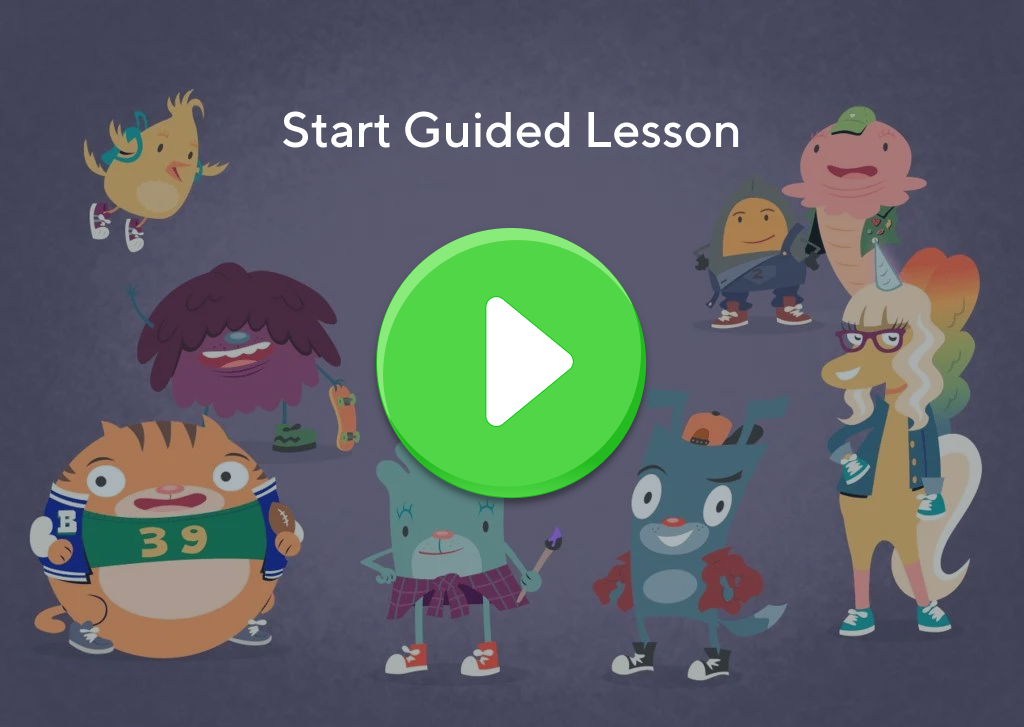You are here:
Lesson Plan
Shifting Points of View
This lesson gives students practice identifying first person and third person narration in fiction and nonfiction texts. It could be taught as a stand-alone lesson or as a precursor to the lesson Fiction vs. Nonfiction.
Grade
Subject
View aligned standards
Objectives
Academic
Students will be able to identify and contrast works of fiction and works of nonfiction.
Language
Students will be able to orally change the author's point of view by distinguishing between first person and third person narration using strategic partnering.
Introduction
(4 minutes)- Write the following two sentences on the board and read them to students: "Her cat was missing and she was so sad," and "My cat was missing and I was so sad."
- Ask students to think about the similarities and differences between the two sentences. Have students discuss these with a partner before sharing out. Record students' responses.
- Inform students that the main difference between the sentences is the writer's point of view or from whom/where the story is told. The pronouns, or words that replace nouns, are different in each sentence. Briefly go over pronoun examples, and have students circle the pronouns in the two sentences on the board.
- Explain that today students will practice identifying first and third person narration, or another way to state author's point of view by considering pronouns related to each point of view.
